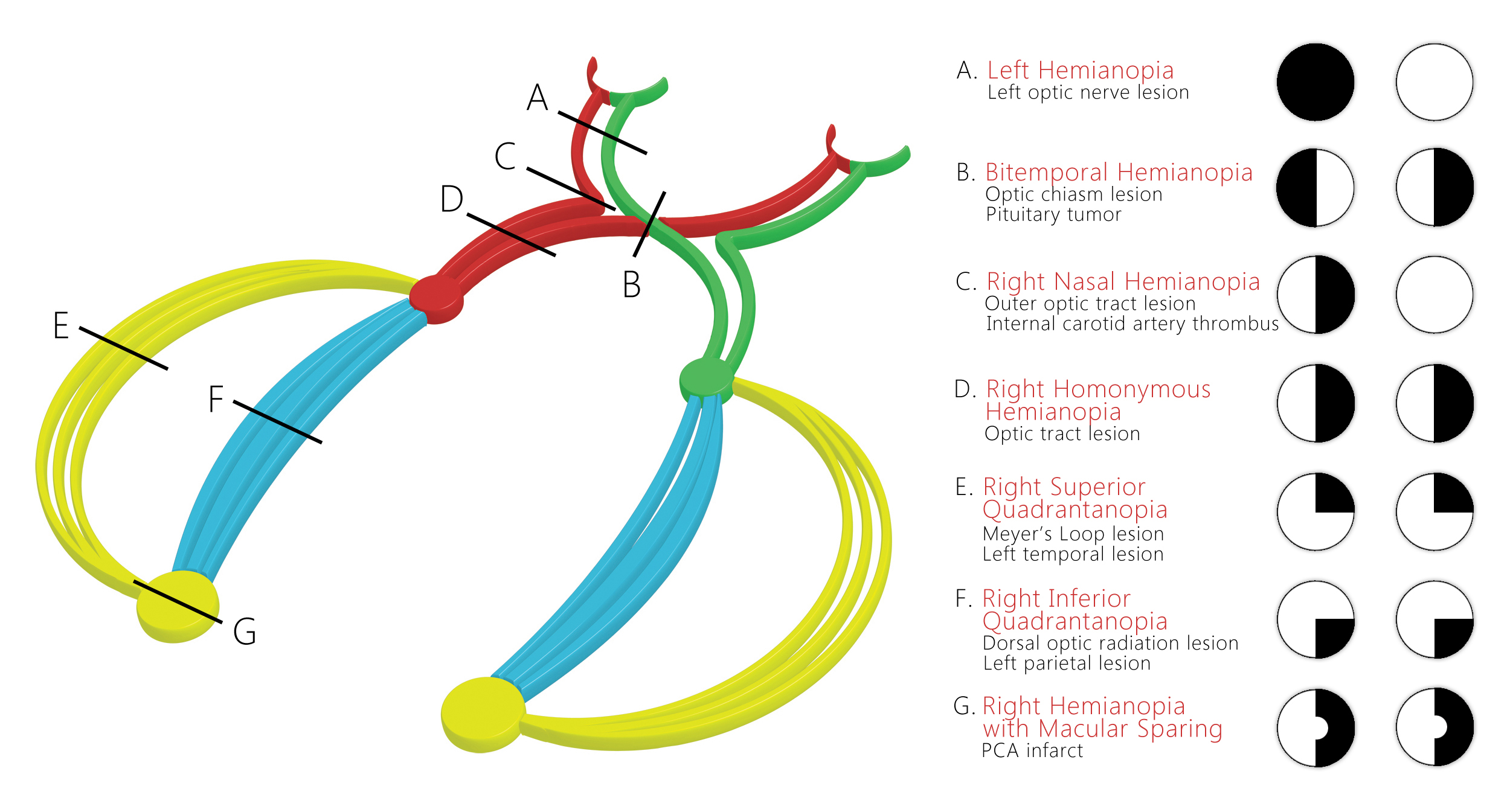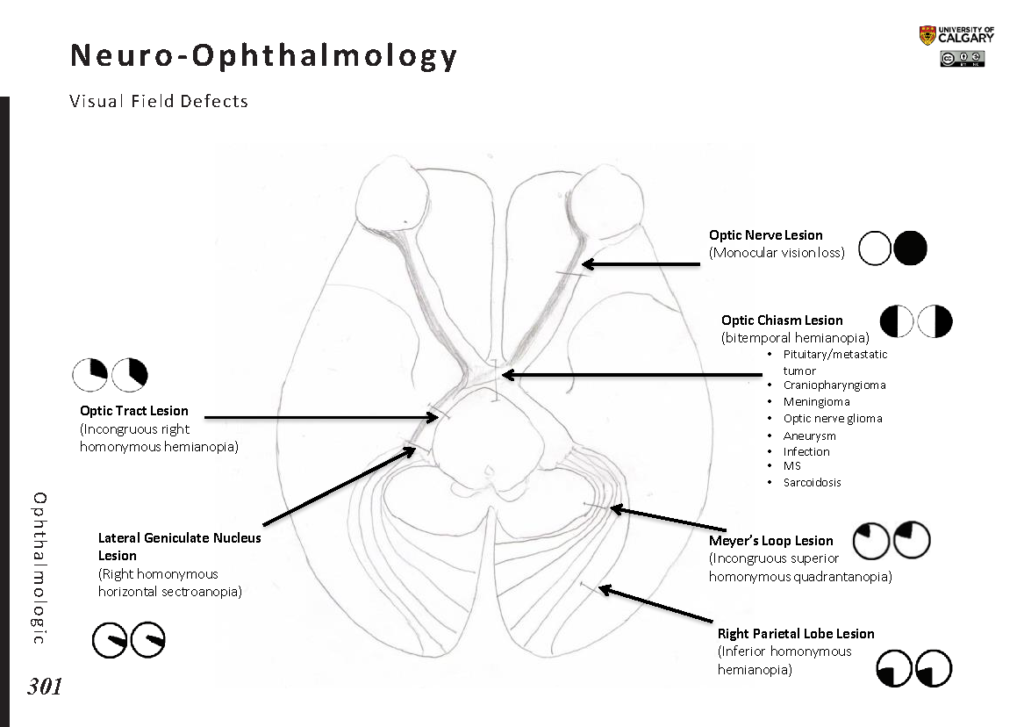Blind Loop Syndrome, often abbreviated as BLS, is a medical condition that affects the digestive system. It occurs when a portion of the small intestine becomes bypassed or obstructed, leading to an overgrowth of bacteria in the affected area. This bacterial overgrowth can interfere with the normal digestion and absorption of nutrients, causing a range of symptoms and complications. In this article, we will explore the causes, symptoms, diagnosis, and treatments associated with this condition.

Understanding Blind Loop Syndrome
Blind Loop Syndrome occurs when a section of the small intestine is bypassed or obstructed, creating a stagnant area where food and digestive contents cannot pass through properly. This stagnant area becomes a breeding ground for bacteria, which multiply excessively and disrupt the normal functioning of the digestive system. The condition can arise due to structural abnormalities, surgical procedures, or other underlying health issues.
Common Causes of Blind Loop Syndrome
The development of Blind Loop Syndrome can be attributed to several factors, including:
- Surgical Procedures: Surgeries involving the gastrointestinal tract, such as gastric bypass or bowel resection, can alter the normal anatomy of the intestines. These changes may result in the creation of a loop or bypass, leading to bacterial overgrowth.
- Structural Abnormalities: Congenital defects or conditions like Crohn’s disease can cause narrowing or blockages in the intestines, creating an environment conducive to bacterial proliferation.
- Motility Disorders: Conditions that affect the movement of the intestines, such as diabetic neuropathy or scleroderma, can slow down the passage of food and digestive contents, increasing the risk of bacterial overgrowth.
- Inflammatory Bowel Disease: Chronic inflammation of the intestines, as seen in conditions like ulcerative colitis, can damage the intestinal lining and contribute to the development of Blind Loop Syndrome.
Recognizing the Symptoms
The symptoms of Blind Loop Syndrome can vary depending on the severity of the condition and the extent of bacterial overgrowth. Common signs and symptoms include:
- Diarrhea: Frequent loose or watery stools are a hallmark symptom of this condition, as the excess bacteria interfere with the absorption of water and nutrients.
- Bloating and Gas: The overgrowth of bacteria produces excessive gas, leading to abdominal bloating and discomfort.
- Abdominal Pain: Cramping or pain in the abdomen is common, as the intestines struggle to process the increased bacterial load.
- Weight Loss: Malabsorption of nutrients can result in unintended weight loss, as the body is unable to extract sufficient energy from food.
- Fatigue: A lack of essential nutrients, particularly vitamins like B12, can lead to persistent fatigue and weakness.
- Nutritional Deficiencies: Deficiencies in vitamins and minerals, such as iron, calcium, and vitamin D, may occur due to impaired absorption.
Diagnosing Blind Loop Syndrome
Diagnosing Blind Loop Syndrome can be challenging, as its symptoms often overlap with those of other gastrointestinal disorders. However, healthcare providers use a combination of clinical evaluation, laboratory tests, and imaging studies to confirm the presence of the condition.
Clinical Evaluation
A thorough medical history and physical examination are essential in identifying potential risk factors and symptoms. The healthcare provider may inquire about recent surgeries, underlying health conditions, and dietary habits to assess the likelihood of Blind Loop Syndrome.
Laboratory Tests
Several laboratory tests can help diagnose the condition:
- Stool Analysis: Examining a stool sample can reveal the presence of fat, which indicates malabsorption, as well as identify any abnormal bacteria.
- Blood Tests: Blood tests can detect nutritional deficiencies, such as low levels of vitamin B12, iron, or other essential nutrients.
- Breath Tests: Hydrogen breath tests measure the amount of hydrogen produced by bacteria in the intestines. Elevated hydrogen levels suggest bacterial overgrowth.
Imaging Studies
Imaging techniques, such as X-rays, CT scans, or MRI scans, may be used to visualize the structure of the intestines and identify any obstructions, loops, or abnormalities that could contribute to the condition.
Treatment Options for Blind Loop Syndrome
The treatment of Blind Loop Syndrome focuses on addressing the underlying cause, reducing bacterial overgrowth, and managing symptoms. A combination of medications, dietary adjustments, and sometimes surgery may be necessary to achieve optimal outcomes.
Antibiotic Therapy
Antibiotics are the primary treatment for reducing bacterial overgrowth in the intestines. These medications target and eliminate the excess bacteria, restoring the balance of the gut microbiome. Commonly prescribed antibiotics include:
- Rifaximin: A non-absorbable antibiotic that remains in the intestines, minimizing systemic side effects.
- Metronidazole: An antibiotic effective against anaerobic bacteria, often used in combination with other medications.
- Tetracycline: Another option that targets a broad spectrum of bacteria in the intestines.
It is important to note that prolonged use of antibiotics may lead to resistance or disruption of beneficial gut bacteria. Therefore, healthcare providers often recommend cycling antibiotics or using them intermittently to minimize these risks.
Dietary Modifications
Diet plays a crucial role in managing Blind Loop Syndrome. Adjusting the diet can help reduce symptoms and improve nutrient absorption. Key dietary recommendations include:
- Low-FODMAP Diet: Foods high in fermentable carbohydrates, known as FODMAPs, can exacerbate symptoms by feeding the excess bacteria. A low-FODMAP diet limits these foods, reducing bloating and gas.
- Increased Fiber Intake: Soluble fiber can help regulate bowel movements and support the growth of beneficial bacteria in the gut.
- Vitamin and Mineral Supplementation: Due to the risk of nutritional deficiencies, supplements may be necessary to ensure adequate intake of essential nutrients.
Surgical Intervention
In cases where structural abnormalities or severe obstructions are present, surgical intervention may be required. Surgery aims to correct anatomical issues, remove damaged sections of the intestine, or restore normal intestinal function. While surgery is not always necessary, it can provide long-term relief for individuals with refractory symptoms.
Probiotics and Prebiotics
Probiotics and prebiotics are often recommended as complementary therapies for Blind Loop Syndrome. Probiotics introduce beneficial bacteria into the gut, while prebiotics serve as food for these bacteria, promoting their growth and activity. Together, they can help restore the balance of the gut microbiome and alleviate symptoms.
Lifestyle Changes
In addition to medical and dietary interventions, certain lifestyle changes can support the management of Blind Loop Syndrome:
- Regular Exercise: Physical activity can improve intestinal motility and reduce the risk of bacterial overgrowth.
- Stress Management: Stress can negatively impact gut health, so practices like meditation, yoga, or deep breathing exercises may be beneficial.
- Avoiding Alcohol and Smoking: Both alcohol and smoking can irritate the digestive system and worsen symptoms.
Complications of Untreated Blind Loop Syndrome
If left untreated, Blind Loop Syndrome can lead to serious complications, including:
- Malnutrition: Prolonged malabsorption of nutrients can result in severe malnutrition, affecting overall health and well-being.
- Osteoporosis: Deficiencies in calcium and vitamin D can weaken bones, increasing the risk of fractures.
- Anemia: Low levels of iron or vitamin B12 can lead to anemia, causing fatigue, weakness, and shortness of breath.
- Chronic Diarrhea: Persistent diarrhea can lead to dehydration and electrolyte imbalances, further complicating the condition.
Preventing Blind Loop Syndrome
While not all cases of Blind Loop Syndrome can be prevented, certain measures can reduce the risk of developing the condition:
- Managing Underlying Health Conditions: Properly treating conditions like inflammatory bowel disease or motility disorders can lower the risk of complications.
- Following Post-Surgical Care Instructions: Adhering to dietary and lifestyle recommendations after gastrointestinal surgeries can prevent complications.
- Maintaining a Balanced Diet: Consuming a nutrient-rich diet and staying hydrated supports overall digestive health.




